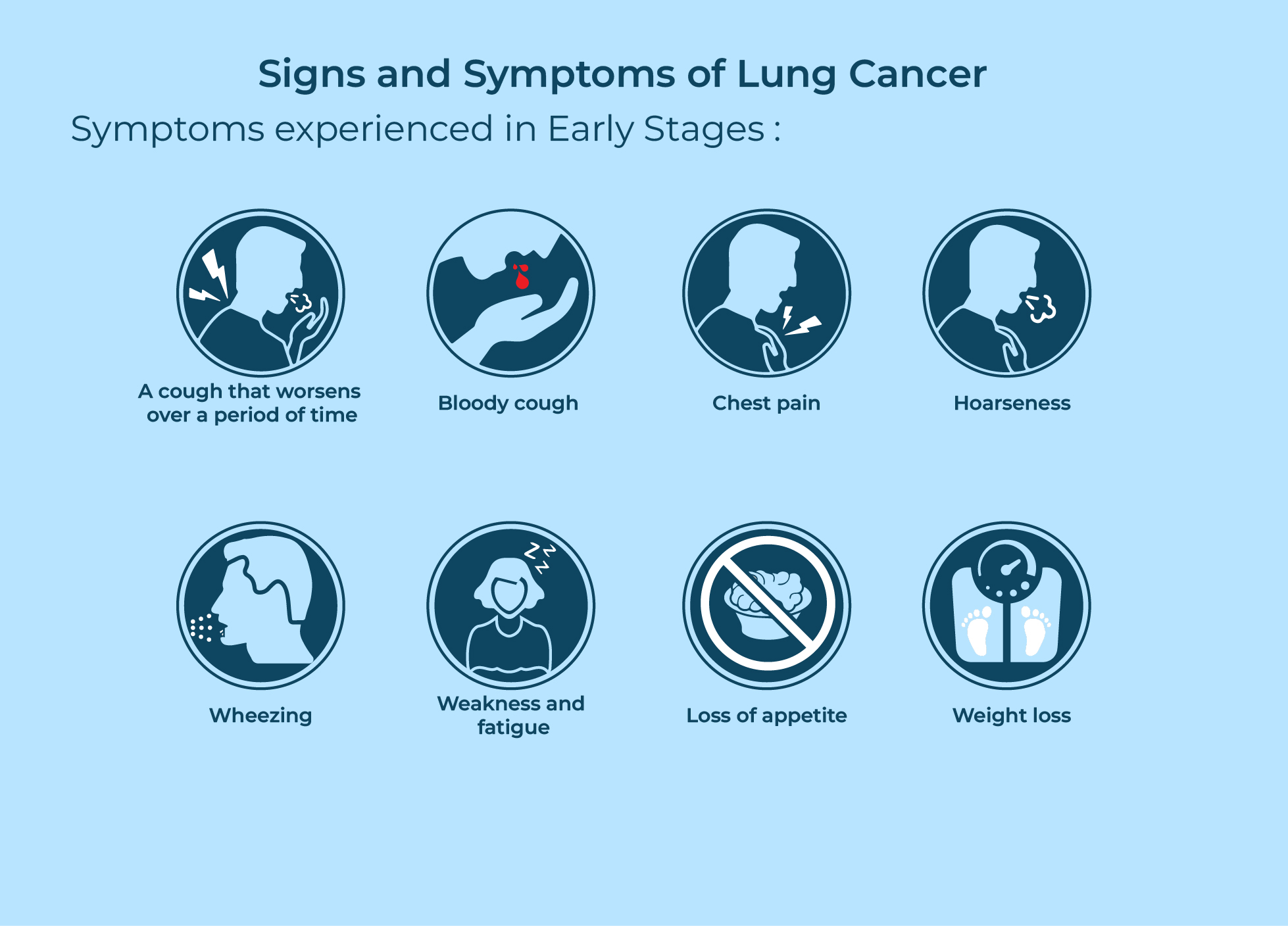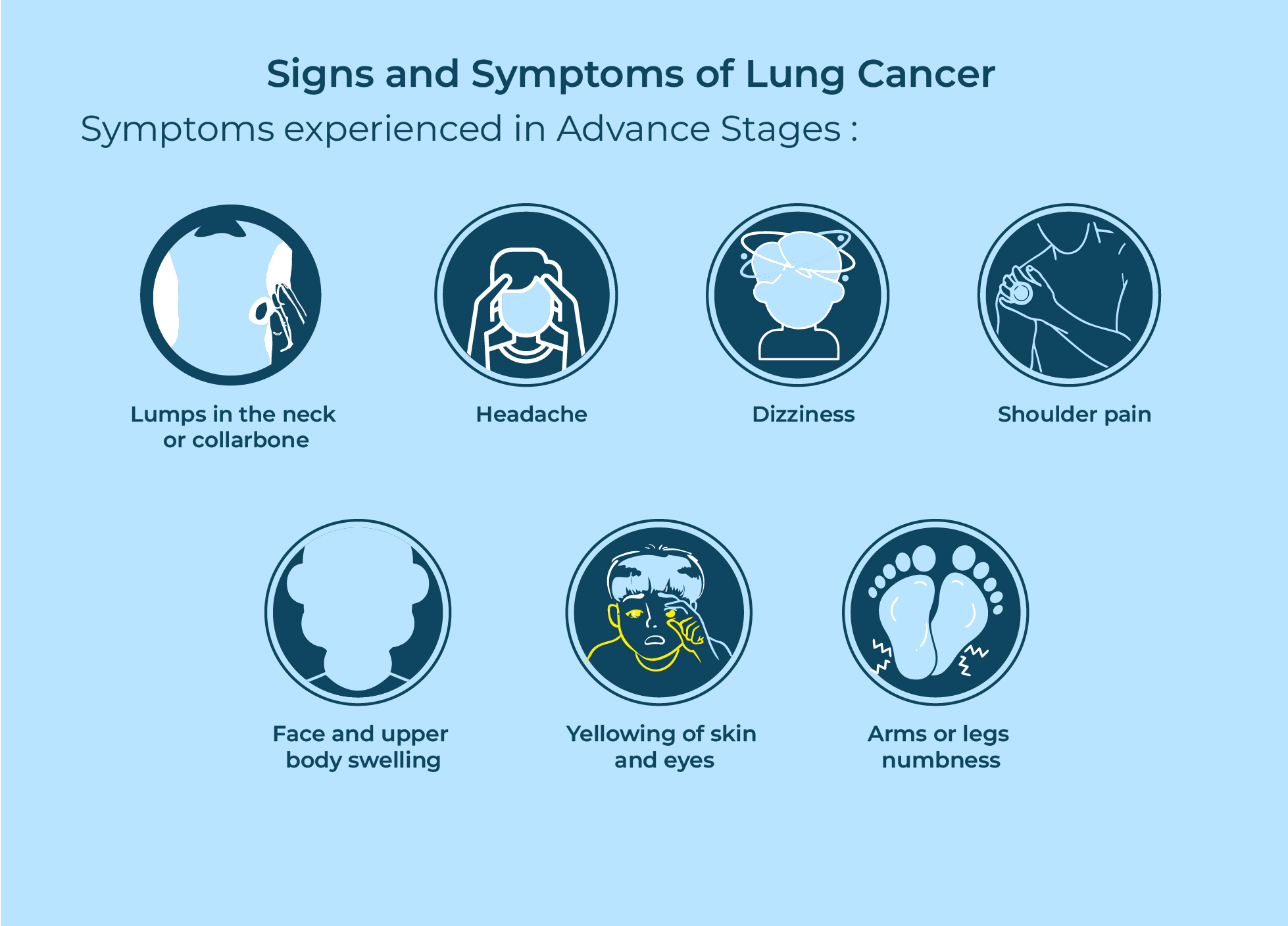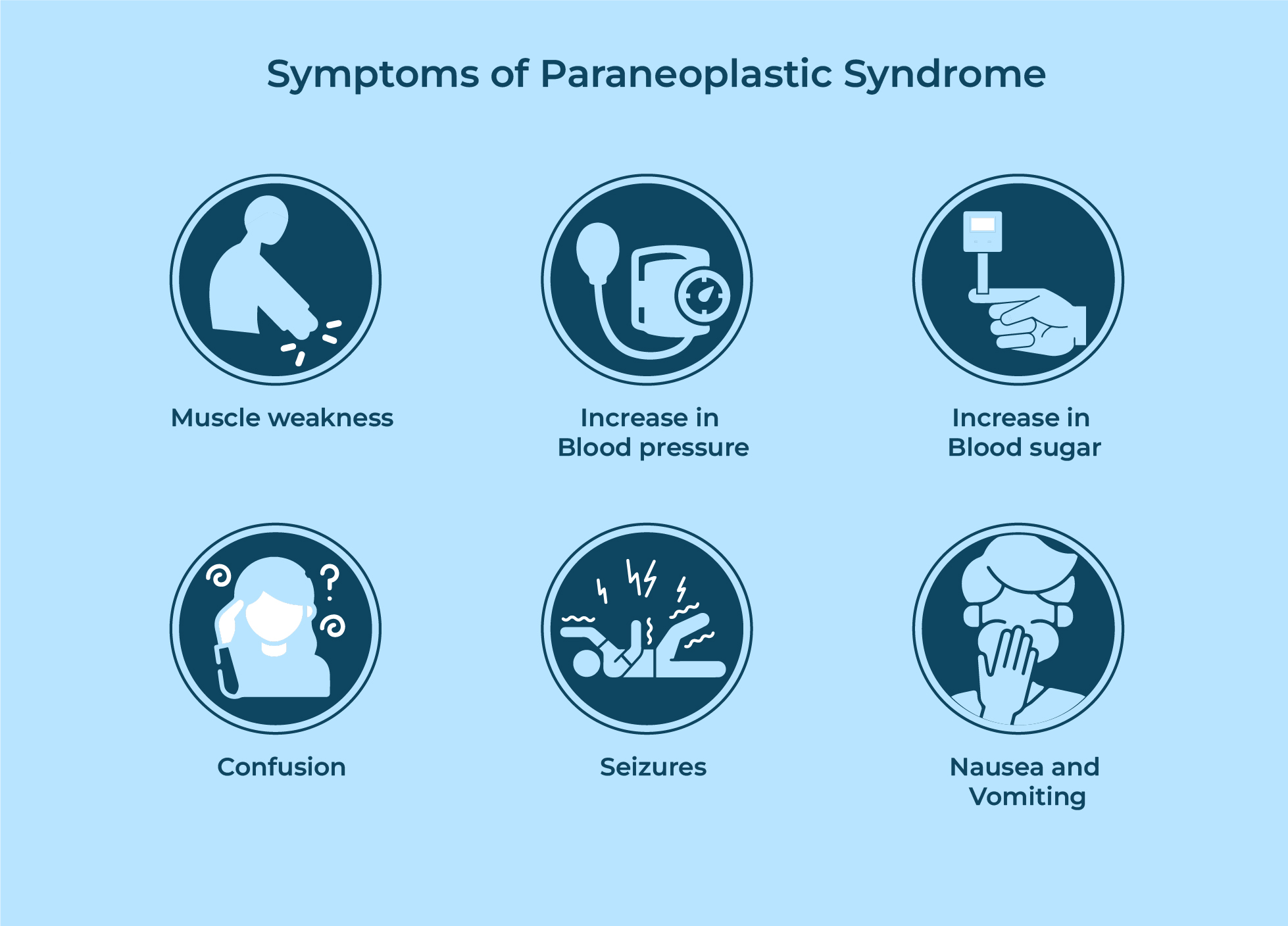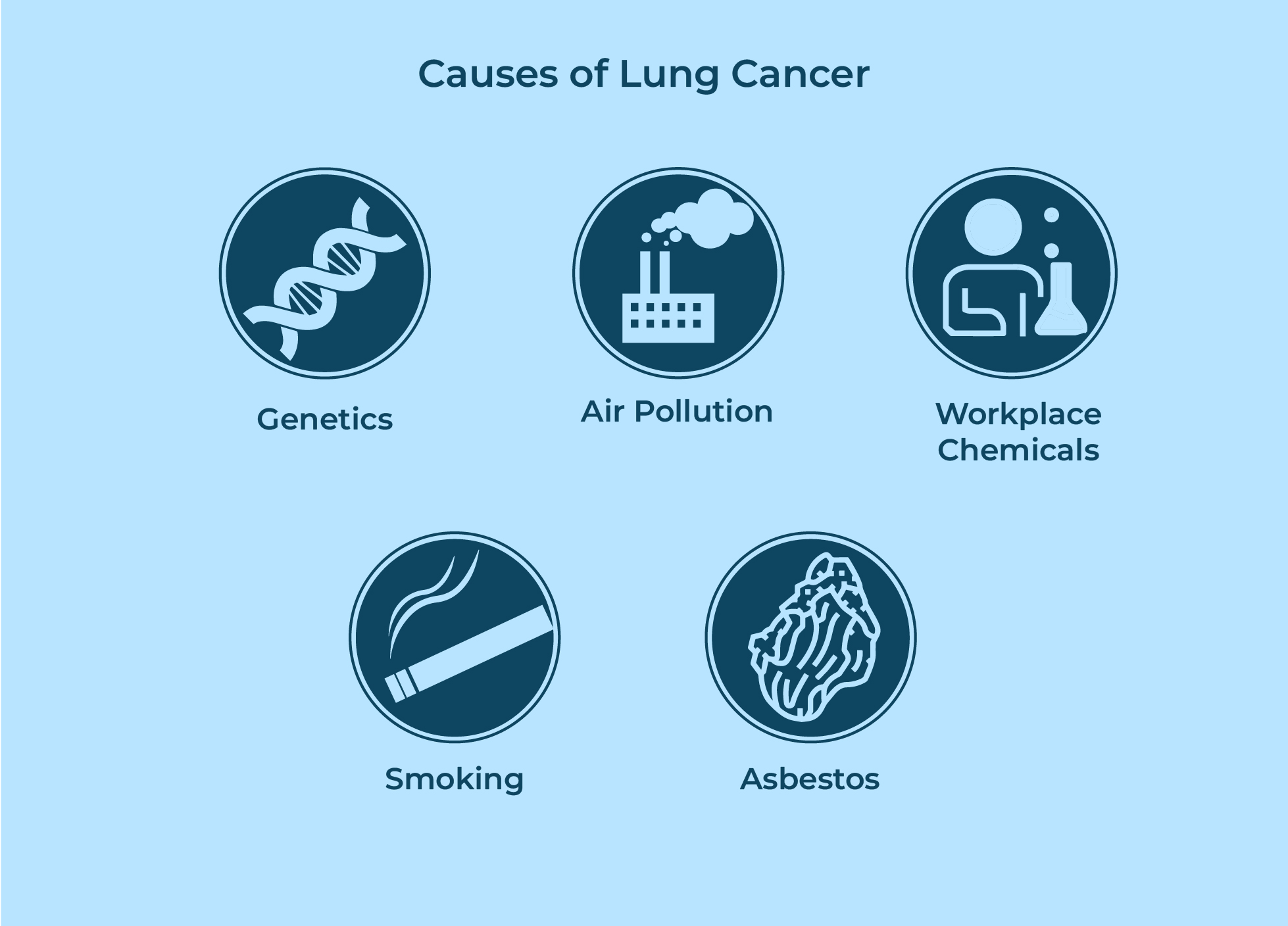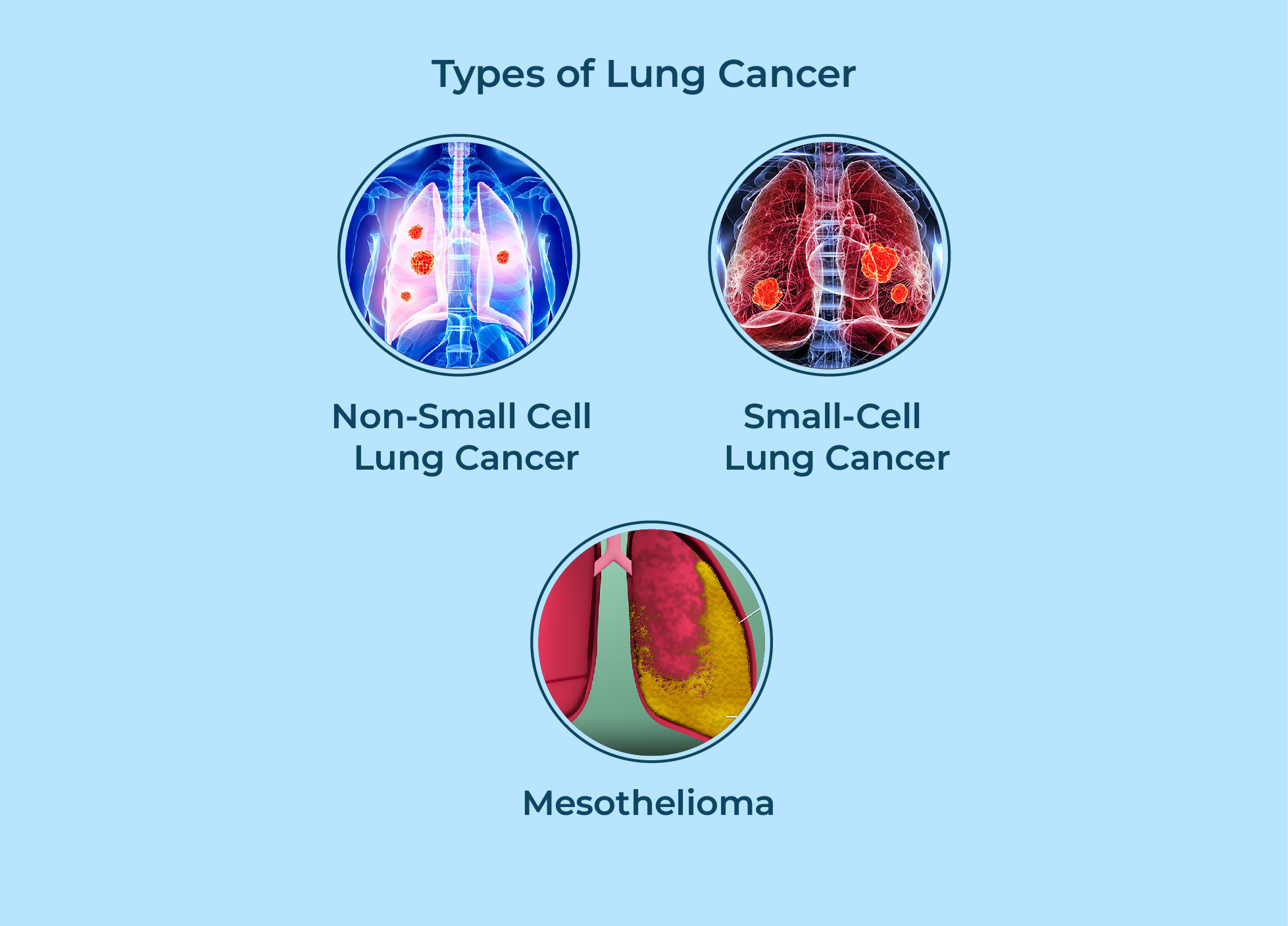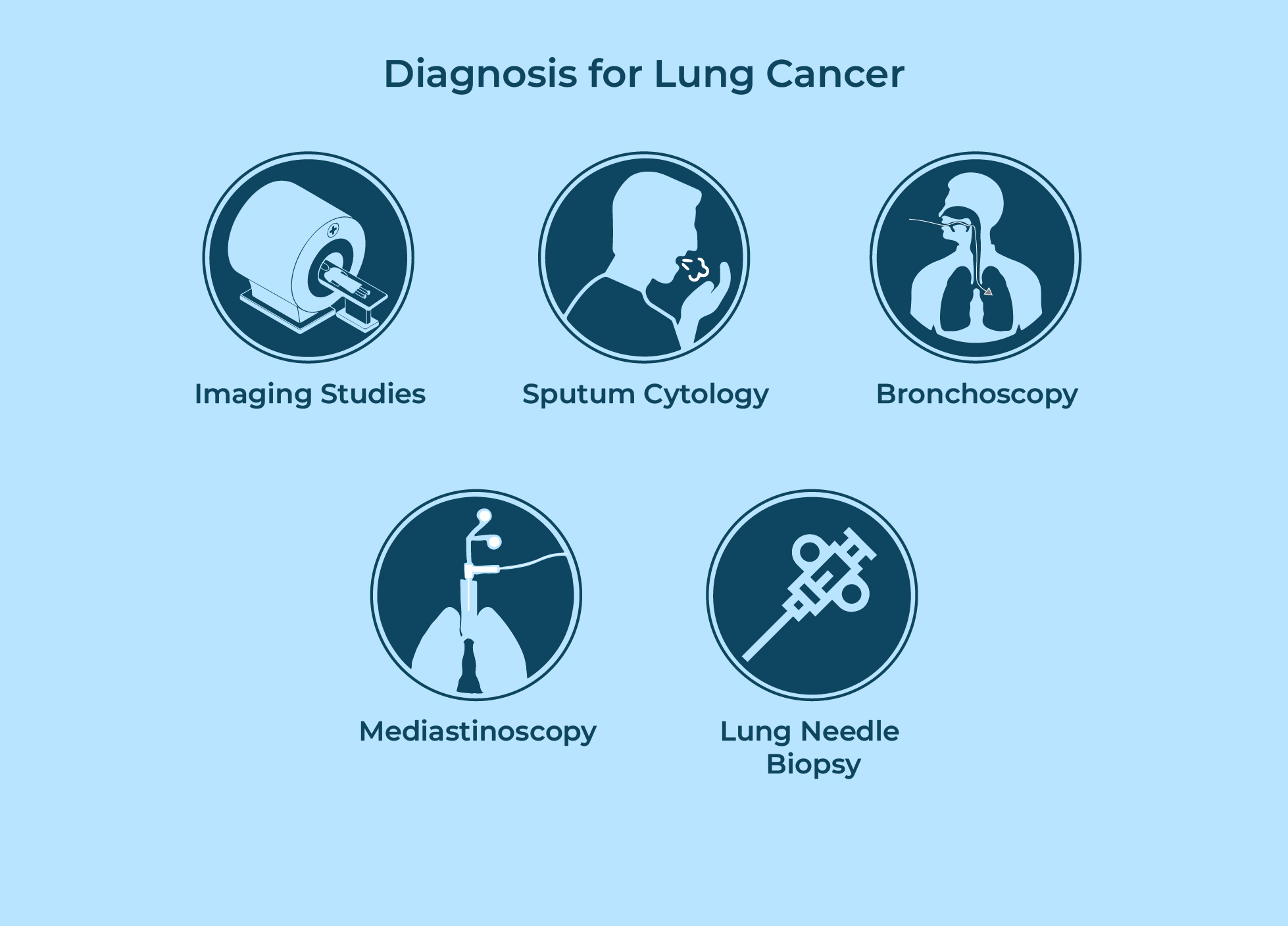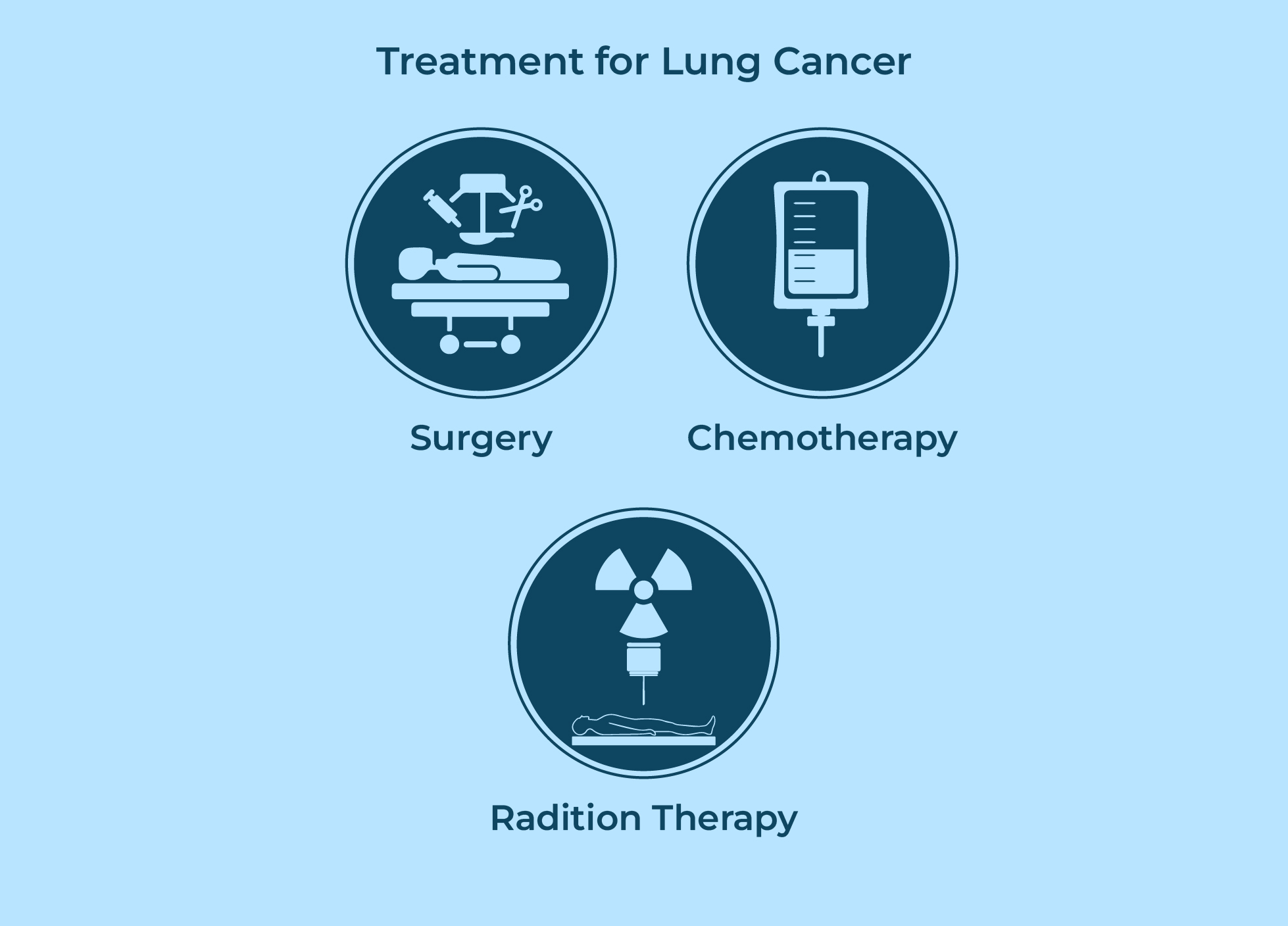Lung Cancer
- The leading cause of cancer deaths, especially
in United States is Lung Cancer.
A lung cancer is a type of cancer that starts in the lungs and has the ability to
spread to other regions of the body. Spreading of cancer from its originating
location to the other parts of the body is known as Metastasis.
Diagnosing the disease earlier provides you an
advantage for the better
treatment options and the intended results as the early signs of lung cancer
can be elusive. This is typically achieved by effective consultation and
communication with the best lung cancer doctor, Dr. Sanjay Sharma.
The treatment options available for the lung
cancer are primarily surgery,
chemotherapy, radiation, immunotherapy and targeted therapy. Among with
immunotherapy and targeted therapy are the newer treatment options
available.
What are the symptoms of lung cancer?
- Patients are usually asymptomatic in the early
stages of lung cancer as there
are no visible symptoms for the same. When the symptoms start to appear at
the early stage, it might include signs such as shortness of breath and several
unexpected symptoms.
When the tumor starts to put pressure on the
lungs or if it spreads to spinal
cord or ribs, it can eventually result into a back pain.
Some of the early signs of lung cancer are listed below:
-
A cough that worsens over a period of time
- Bloody cough or phlegm
- Chest pain that increases with heavy breathing, laugh or cough
- Hoarseness
- Wheezing
- Weakness and fatigue
- Loss of appetite
- Weight loss
- Relapsing of respiratory infections like pneumonia or bronchitis
The symptoms in the later stages of lung cancer are:
-
Lumps in the neck or collarbone
- Headache
- Dizziness
- Balance issue
- Arms or legs numbness
- Yellowing of skin and eyes
- Lack of perspiration on one side of the face
- Shoulder pain
- Face and upper body swelling
Occasionally, there is a substance that is released by the lung cancer tumors
that are similar to hormones called as paraneoplastic syndrome and which can
lead to a variety of symptoms following of which are:
-
Muscle weakness
- Increase in Blood pressure
- Increase in Blood sugar
- Confusion
- Seizures
- Nausea and Vomiting
What causes Lung Cancer?
- About 90% of lung cancer cases are a result of
smoking, though anyone can get
lung cancer.
- Even if you inhale a small portion of smoke, a
damage to your lung tissues can
be seen. They start to behave in an abnormal way, once enough damage has
been done. Hence, the chances of getting lung cancer are increased.
- Heavy smoking is said to be a major cause of
Small-Cell lung cancer. Reducing
your exposure to smoking may result into the healing of the lungs which
eventually decrease the risk of being affected by lung cancer.
The chances of getting affected by lung cancer is increased if you are
repeatedly exposed to hazardous substances like:
-
Radon
- Arsenic
- Asbestos
- Cadmium
- Chromium
- Nickel
- Some petroleum products
- Uranium
- American Lung Association states that exposure
to radon is known to be the
second leading cause of lung cancer.
What are the different types of lung cancer?
- There are various types of lung cancer.
Small-cell lung cancer (SCLC) or Non-
Small-cell lung cancer (NSCLC) make up the majority of lung cancer
subtypes. However, both the types of cells can be found in some patient’s
cancer.
The chances of getting affected by lung cancer is increased if you are
repeatedly exposed to hazardous substances like:
-
Non-Small Cell Lung Cancer (NSCLC):Between 80 to 85 percent of cases are
NSCLC. NSCLC is of several types. If detected in the early stages, the
majority of NSCLC types respond well to treatment.
- Squamous Cell Lung Carcinoma:About 30% of all cases of NSCLC
start in the cells that line the respiratory tract. The term used for
this type is Squamous Cell Carcinoma.
- Adenocarcinomas:This appears when outer parts of the lungs are
affected.
- Adenocarcinoma in situ (AIS):It is rare subtype of
adenocarcinoma which starts in the alveoli (tiny air sacs in the
lungs). It isn’t aggressive and might not require emergency
- Adenosquamous Carcinoma:This appears in the squamous cells
as well as the mucus-producing cells.
- Large Cell Carcinoma:The fastest growing group of NSCLCs that
cannot be categorized under other cancer types.
- Small-Cell Lung Cancer (SCLC): SCLC comprises of around 15 to 20 percent
of lung cancer cases. It is more aggressive than NSCLC. Even while SCLC
frequently responds to treatment more favorable at first, it is less likely to be cured than
NSCLC
- Mesothelioma: Exposure to asbestos is a risk factor for developing this
form of lung cancer. It happens when hormone producing (neuroendocrine)
cells give rise to carcinoid tumors. Mesothelioma spreads quickly and with
aggression. Treatment has not been successful in curing it.
Diagnosis
- A physical examination and a talk with the
lung cancer specialist, Dr. Sanjay
Sharma are the first steps in diagnosing lung cancer. He will review your
medical history and any current symptoms you may be experiencing. Tests are
also required to verify the diagnosis. These could consist of:
- Imaging Studies:X-ray, MRI, CT and PET scans can all reveal an abnormal mass.
These scans uncover tiny lesions and give more detail.
- Sputum Cytology:If you cough up phlegm, a microscopic examination can
reveal the presence of cancer cells.
- Bronchoscopy:While you’re anesthetized, a light tube is inserted into your
lungs and down your throat to give a closer look at the tissue in your lungs.
- A biopsy can be also be suggested to check the type and stage of cancer. It is
performed using one of the following methods:
- Mediastinoscopy: Firstly, a cut is made at the base of the neck. Then, an
instrument connected with light is inserted along surgical tools are used
to take samples from lymph nodes. This is usually done in the hospital
under general anesthesia.
- Lung Needle biopsy:A needle is inserted through the chest wall into the
suspicious lung tissue in this procedure. Testing of lymph nodes can be
used for needle biopsy. This is usually done in the hospital under general
anesthesia.
- Additional tests such as bone scan are
also required in case the results are
positive for cancer. This helps in determining whether cancer has spread
and to help with staging.
Treatment
- Surgery to remove the tumor and chemotherapy and
radiation therapy to
eradicate cancer cells are the main lung cancer treatments. Modern cancer
therapies including targeted therapy and immunotherapy are occasionally
employed but typically only at advanced stages.
- Non-small cell lung cancer (NSCLC) treatment
generally differs from patient
to patient. The specifics of your health and the stage of your cancer at the
time of diagnosis will determine your treatment approach.
According to stage, NSCLS treatment options often include:
- Stage 1 NSCLC:You might only require surgery to remove a piece of the
lung. Additionally, chemotherapy can be suggested, particularly if your risk
of recurrence is high. If discovered at this time, cancer is most easily
treated.
- Stage 2 NSCLC:Your lung may need to be partially or completely removed
after surgery. Usually, chemotherapy is advised.
- Stage 3 NSCLC:You might need a combination of chemotherapy, surgery
and radiation therapy.
- Stage 4 NSCLC:Surgery, radiation, chemotherapy, targeted therapy and
immunotherapy are available.
-
Surgery, Chemotherapy and radiation therapy are other treatment options
for small-cell lung cancer (SCLC). The cancer will typically be too advanced
for surgery in most cases.
